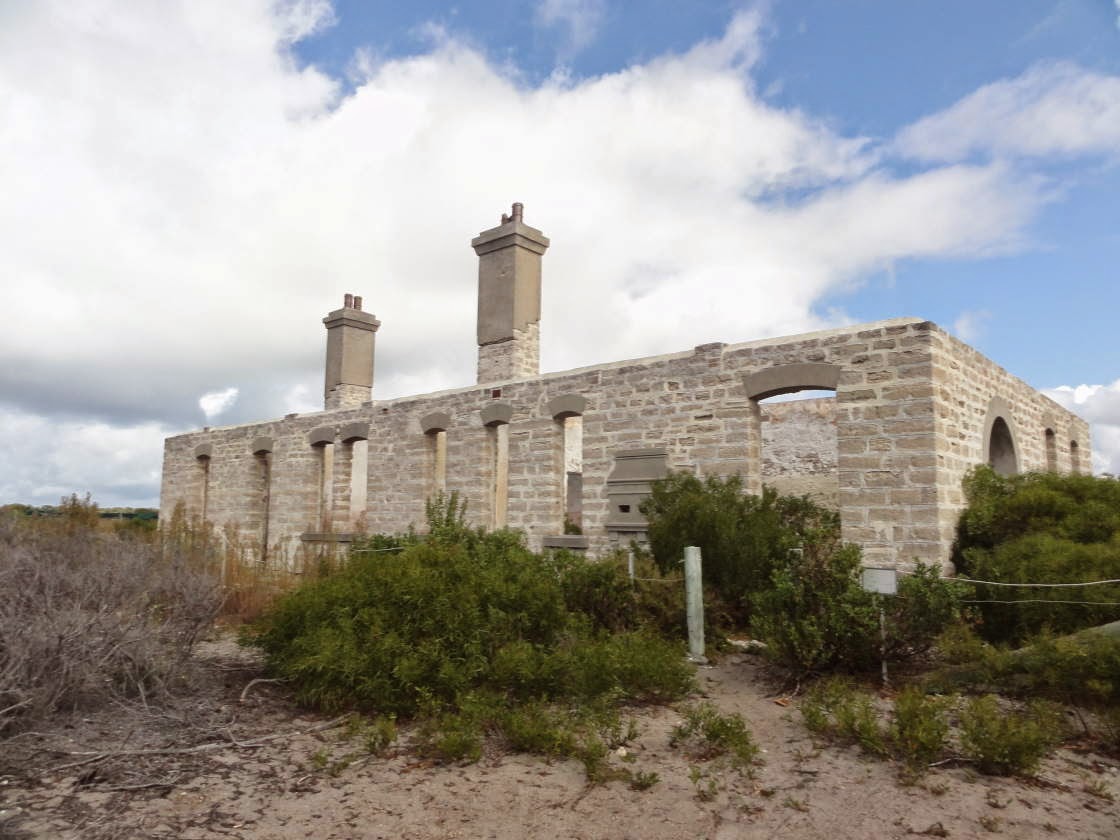The Holland Track is a 350 km 4WD track from Kalgoorlie to Hyden leading through gorgeous woodland dominated by Gimlets (Eucalyptus salubris). It took three days to complete with two nights of bush camping.
Some Gimlets are almost chocolate coloured!
My favourite afternoon past-time: plotting a route while drinking a beer.
This cockroach was 5cm long! And what amazing colours...
We have now climbed so many granite boulders and they are still beautiful and unique.
Mulka's Cave in the Humps contains some of WA's most significant aboriginal art.
Bluff Knoll (1,095 m) is the highest peak, very steep and a popular bushwalk. Lucky we started early! We took a long time to come down because we had to let everybody pass who was going up (the swiss alpine etiquette).
We got up at 4 am to watch the sunrise! It was only 12 degrees and we waited for hours for the sun to appear behind the clouds!
The day we climbed it, the top was covered in clouds and ....
.... we only got a 30 second glimpse of the parking lot below. At least it made the 600 m drop less scary.
The climate on top is alpine and the vegetation is very different from lower parts of the range. The fact that everything was covered in dew made it even more interesting!
Sunset from our camp with the western part of the range in the background.
Below Bluff Knoll seen from Mount Trio (856m).
Just south of the Stirling Range is Porongurup National Park, where massive ancient granite domes rise up to 670 metres. Here is me climbing up to the skywalk at Castle Rock.
The lower parts of the park are covered in gorgeous karri forests.
After the Easter crowds have left, we are back on the coast. Albany harbour....
.... and Torndirrup National Park.




























































